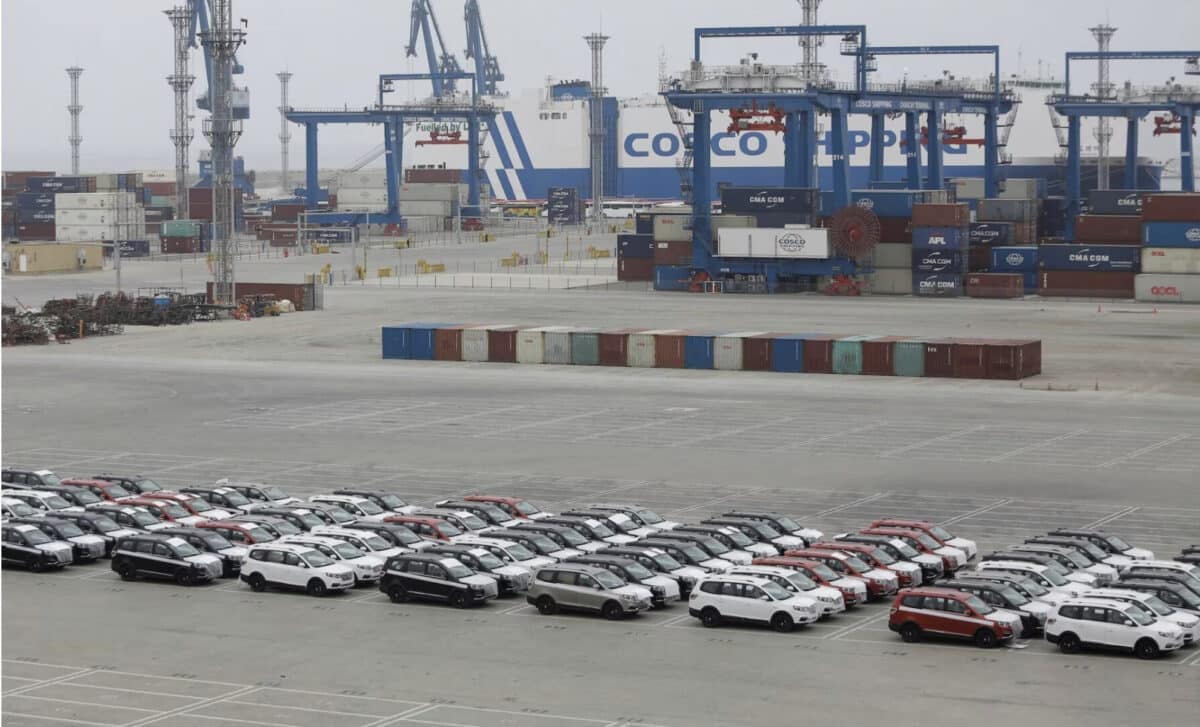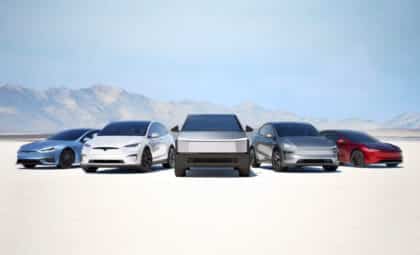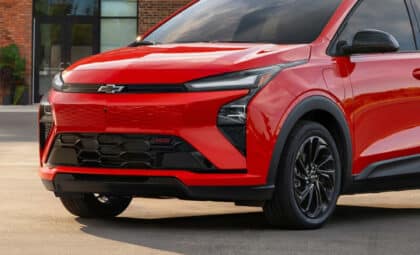As affordability becomes a central factor for consumers, Chinese brands like BYD and Geely are taking advantage of their competitive pricing and strategic logistics to dominate the region. The shift marks a turning point in the South American automotive market, which has traditionally been influenced by American and European manufacturers.
The expansion of Chinese EVs in South America comes at a time when Tesla is facing challenges in the region. Due to their significantly lower prices—often 40% less than Tesla’s offerings—Chinese brands have attracted a growing number of consumers looking for cost-effective electric options. This surge is further supported by improved regional infrastructure, such as the Port of Chancay in Peru, which has accelerated the delivery of Chinese vehicles.
The Rise of Chinese Manufacturers in South America
According to EcoMotors News, Chinese automakers, led by BYD, Geely, and Great Wall Motors, are making significant strides in South America. These brands are benefitting from the region’s relatively low barriers to entry, as local consumers embrace the affordability and increasing availability of electric vehicles. BYD, in particular, is dominating sales in several countries, including Brazil, Uruguay, and Argentina. In fact, BYD’s market share has been rising so quickly that it now leads the region in EV sales, with the company already planning new dealerships in Lima, Peru.
A key factor in the success of Chinese EVs is their price point, which is approximately 40% lower than that of Tesla’s models. This price difference has made EVs accessible to a wider demographic in South America, a region with a history of cost-conscious car buyers. Supercar Blondie reports that, in addition to their low prices, Chinese automakers are actively expanding their presence by establishing more dealerships and forming local partnerships to streamline distribution.

Logistics Boost from New Infrastructure
A crucial element enabling the rise of Chinese vehicles in South America has been the development of key infrastructure, particularly the Port of Chancay in Peru. Opened as a major logistics hub, this port reduces transpacific shipping times by half, facilitating faster delivery of vehicles from China.
This port now serves as a redistribution point for cars destined for neighboring countries like Chile, Colombia, and Ecuador, strengthening Peru’s role in the regional supply chain. The new logistics network ensures that Chinese-made vehicles can enter South America with greater efficiency, further fueling their growing popularity in the region.
The port’s role is not limited to logistics alone; it also supports the broader strategy of Chinese manufacturers to expand their presence in South America. Companies like Chery and BYD have already established production plants in the region, notably in Brazil, where BYD assembles models in the former Ford factory in Bahia. This localized manufacturing helps to circumvent trade restrictions and lower tariffs, making Chinese EVs even more competitive in the South American market.

A Changing Market Landscape
The rapid influx of Chinese electric vehicles is shifting the dynamics of the South American automotive industry. While traditional automakers like Toyota and Hyundai are still active in the market, Chinese brands have gained a foothold by offering models tailored to local needs and at prices that appeal to the region’s cost-sensitive buyers.
BYD now holds a significant share of the car market in Uruguay, where it ranks as the third-biggest seller across all vehicle types. Similarly, the Chinese automaker has made inroads into Argentina and Chile, where it is seeing increasing demand despite the region’s economic instability.
This transformation is not without its challenges, though. In Brazil, some local manufacturers have raised concerns about the influx of Chinese imports, arguing that it could undercut domestic production. Despite these tensions, the overall trend of increasing EV adoption is undeniable. As governments in the region push for cleaner transportation and consumers seek more sustainable, cost-effective vehicles, the future of South America’s car market seems increasingly electric.









